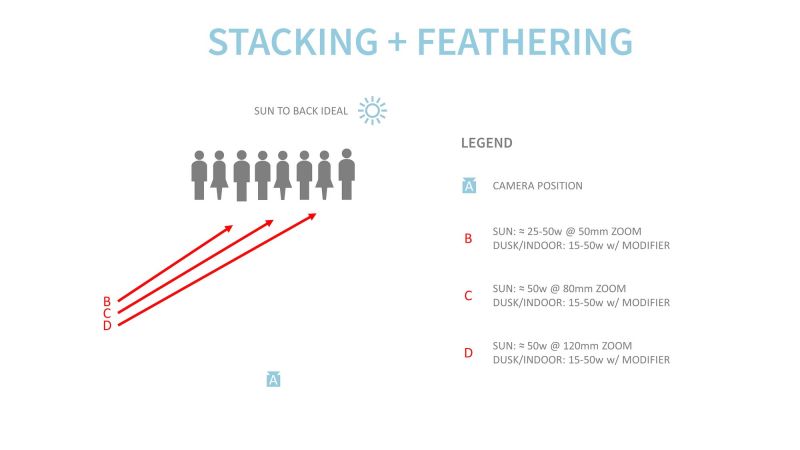
After you learn the fundamentals of light as a photographer, you begin to learn how to manipulate it to your advantage. Using different types of lights, angles, and modifiers, you can shape and control your light to be more creative in your images. (If you are still working on the fundamentals, then you should check out Lighting 101). Beyond the basics, there’s a world of possibilities and simple things you can do to get some extraordinary results. In the following article, we’ll review the concept of feathered lighting and show you examples on how to use it.
Feathering Your Softbox
In the following tutorial, Jay P. Morgan from The Slanted Lens shows us how to do just that with a technique called, “feathering” with a softbox.
Feathering is maneuvering a light source’s area of coverage so that only the desired area of the subject is lit.

This helps you emphasize the area in your photo that you want to highlight and not the entire area of your softbox’s potential, which makes for a better quality of light. You can get a similar look by using a grid (as shown in this article here), but if you’re short on grids (or cash), feathering can give you the look you want, at no additional cost.
Watch Learning How to Feather Soft Boxes – Lighting Tutorial
Stacking and Feathering for Even Light Coverage

Stacking lights (placing them next to one another) and feathering them (aiming lights slightly to the side of the subjects as opposed to lighting them directly) will allow you to evenly light a large group, even under the midday sun.
Here is a diagram to demonstrate stacking and feathering:

Here are the key steps for using this technique to photograph a large group:





Get Connected!